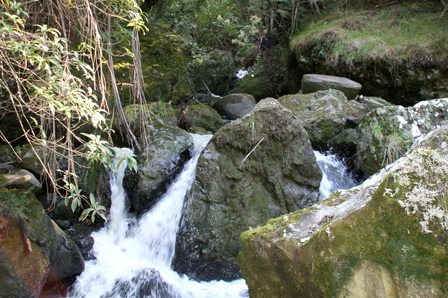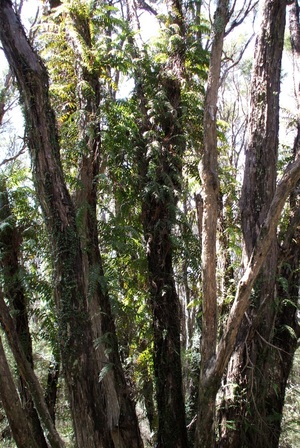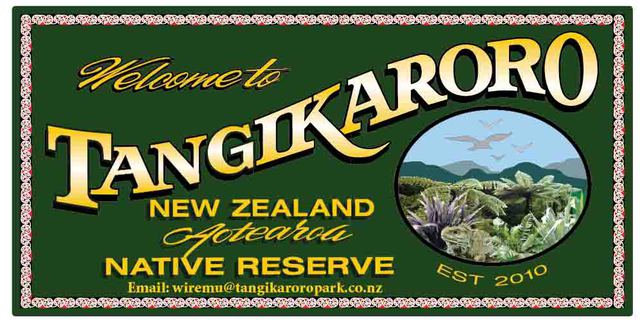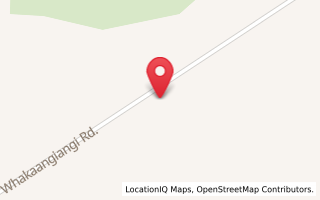Eco System
TANGIKARORO PARK ECO-SYSTEM & THE RESTORATION
The primary vision is to provide the foundation for the development of the Tangikaroro Ecosystem Restoration Project (‘Tangikaroro Park’) and to create a real opportunity to bring back the treasures of our natural world, ‘Nga taonga tuku iho’, which have been lost, or seriously compromised, by human resource mismanagement.
Such a foundation includes the development of a predator and pest free environment, where rare and endangered indigenous plants, animals, birds, reptiles and invertebrates, may once again flourish in the particular ecological setting of the Northern Tairawhiti region.
For some time, however, the Tangikaroro Park block has been distinct from the adjacent farmed lands in that it has retained regenerating indigenous vegetation cover. The Land Owners have continually avoided the temptation to transform the block back into grassland, despite escalating and inviting commercial prices for pastoral products this land could yield.
Further, the upper part of the proposed reserve is known as Te Kiwikiwi, and the large block that joins this is also known as Kiwinui, pointing directly to the historical abundance of this iconic species in the immediate area and, potentially at least, to the success of its reintroduction here.
PROJECT IMPLEMENTATION
The key to the development of such an environment is the construction of a predator proof fence surrounding the 35 hectare proposed reserve.
This will follow guidelines provided by the ‘Tangikaroro Park’ Ecosystem Restoration Project July 2008 report, prepared by Ecoworks NZ, and the ‘Proposal to restore the ecology of the bush reserve at Whakaangiangi Road, Te Araroa, using an Xcluder Pest Proof Fence – feasibility study and costing August 2007’ prepared by Xcluder Pest Proof Fencing Company, and will involve the establishment of an ongoing and intensive program aimed at creating a ‘Mainland Island’ environment.
Because of the scale of the Project and the availability of skilled, and semi-skilled hunting workforce in the district, it is envisaged that this program will also be marked by a high level of labour input.
Restoration of key plant species may then begin, in consultation with advisory bodies and funding providers, and this will be followed by the reintroduction of targeted bird (such as kiwi) and reptile species, or the use of the sanctuary as a ‘nursery’ for eventual species reintroduction into the wider ecological district. Throughout this process, a constant monitoring and evaluation program, and an adaptive management regime, will be adopted to ensure that the overall vision and goals of the restoration work are being effectively met.

The pristine Tangikaroro Park Stream tumbles through the forest block and out into the Awatere River.

Kanuka is an endemic species of great importance ecologically and culturally, being used (amongst many other purposes) for the production of hand-held weaponry. The Tangikaroro Park Reserve contains what is believed to be one of the largest Kanuka known.

